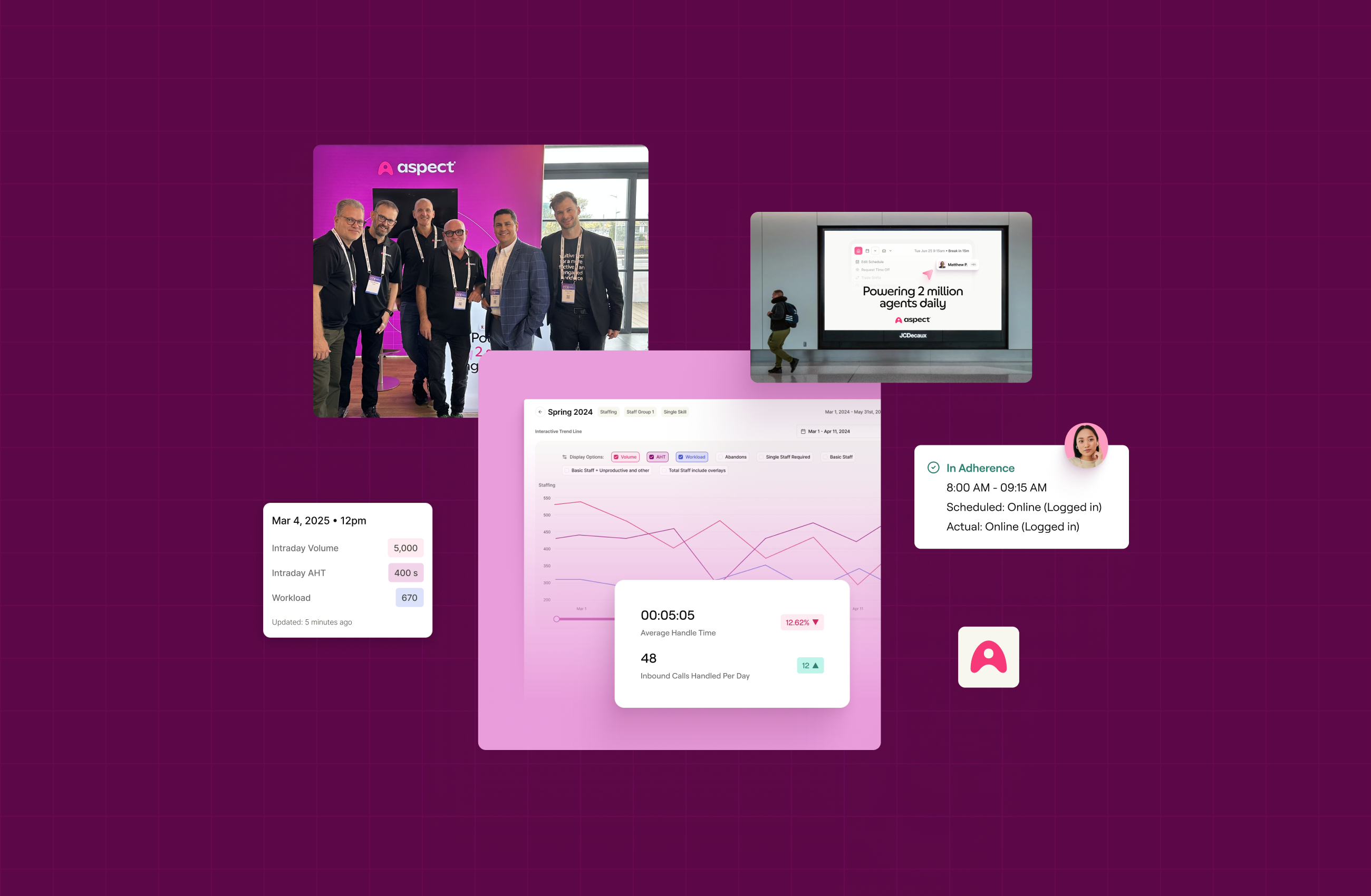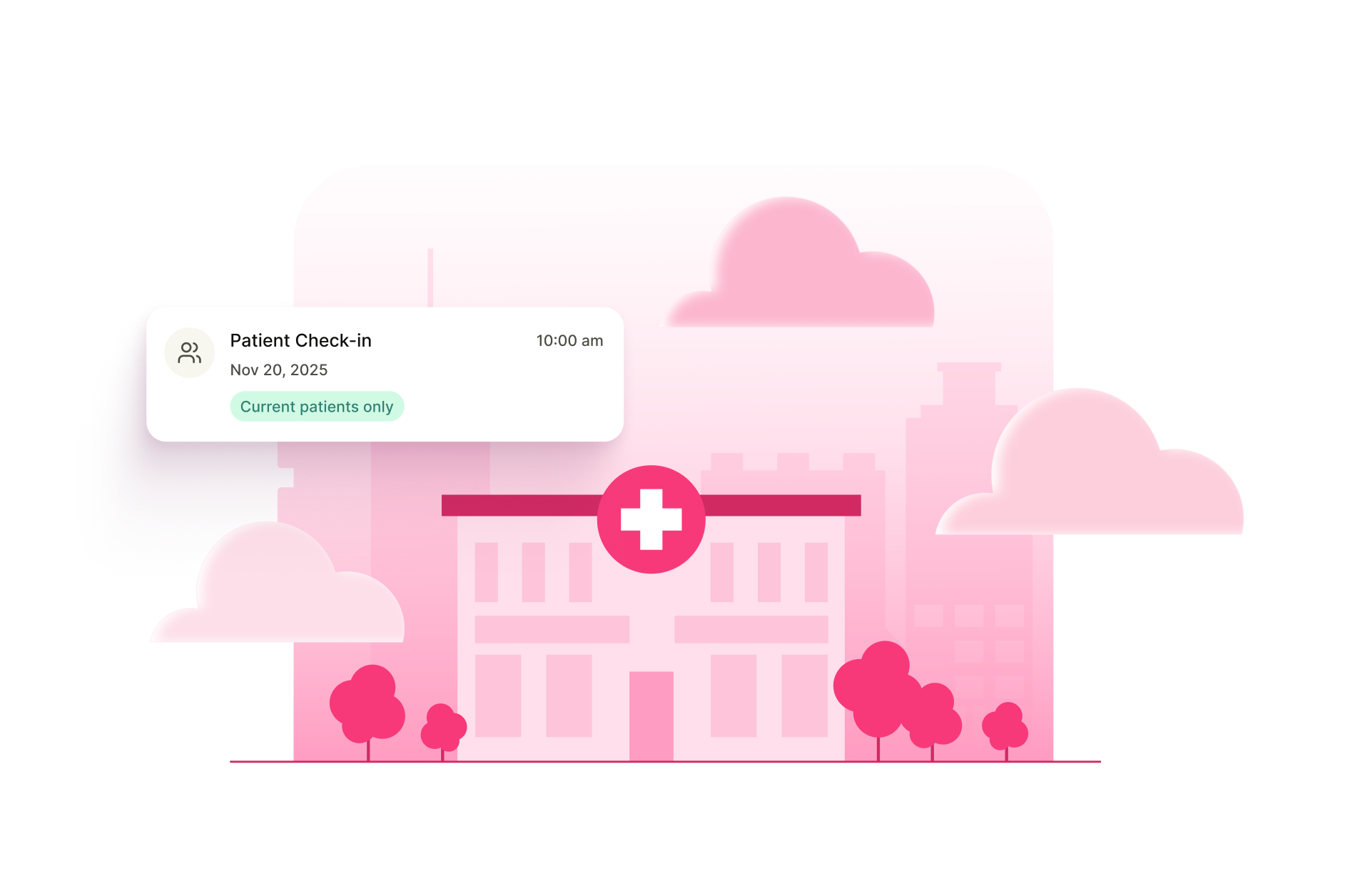Sales incentives and contests have been used to encourage contact center employees for decades. Although these one-off tactics may result in spikes in sales, they do not produce sustained improvements in sales performance. Why? Because sales psychology is complex.
Remember the five levels of Maslow’s Hierarchy of Needs? It begins with sustenance and safety; progressing to belongingness, love, and accomplishment; and finally, to the achievement of one’s full creative potential.
Nancy Nardin, a nationally recognized thought leader on sales productivity, has applied similar principles to create the Hierarchy of Revenue Needs. At the most basic level is who to sell to and why. Next, is when and how to engage. The third level is why someone should buy and why they should buy from you. The fourth is how to close the sale. The fifth and final level is how to sell more, again and again. There are an additional two segments that span the entire hierarchy – manage, forecast and analyze; and develop, coach, onboard and motivate.
If the hierarchy sounds familiar, it’s probably because the actions required at each of the five levels correspond to the sales cycle stages typically found in a customer relationship management (CRM) system. The additional two segments refer to the necessary administrative and training and development responsibilities of a sales organization.
Understanding the sales stages in the Hierarchy of Revenue Needs is the first step toward achieving a highly effective contact center sales team. By adding gamification tools through Aspect League™ to your sales technology stack, you can accelerate effectiveness at each stage to help your team achieve top revenue performance and sustain it over time.
Improving & Sustaining Sales Effectiveness
Sales gamification uses game mechanics to encourage desired behaviors. It provides a consistent and automated way to reward both new and seasoned contact center employees for meeting and exceeding the goals and expectations you establish. The reason that gamification tools work is that it motivates measurable improvements that drive sustainable revenue results.
Let’s take a look at the two administrative and training segments and then review the five levels of the Hierarchy of Revenue Needs, and the various behaviors and key performance indicators (KPIs) related to each – all of which can be rewarded through gamification to accelerate goal achievement.
Develop, Coach, Onboard, Motivate
Gamification can be instrumental in getting new contact center sales employees up to speed on everything they need to know to be successful from day one. It can make learning more fun and award early achievements, which helps build confidence and motivates them to reach full productivity faster.
Some of the KPIs in this segment of the Hierarchy that can be tracked and rewarded through gamification include: viewing and filling out new hire documents or corporate culture videos, securing ID badges, attending security or ethics training, demonstrating aptitude and consistent and correct usage of sales tools, and interviewing top sales agents for advice on best practices.
Gamification is also ideal for providing ongoing feedback and perpetual learning for all employees, keeping them engaged and motivated to continually raise the bar on sales effectiveness.
Manage, Forecast & Analyze
Sales managers are tasked with building a plan to reach desired results, making necessary tweaks along the way to respond to changing conditions. Starting with an initial roll-up forecast, they must dive into changes as they arise, identify risks, coach teammates as needed, and measure and adjust at every turn.
To ensure that managers are working with the most accurate data, sales agents must supply real-time information on productivity and revenue. Some examples of sales KPIs that indicate success are listed below. It is important that your organization agrees on the definition of each KPI, as many companies define these terms differently.
- Dials per hour. The number of outgoing calls made every hour, regardless of whether an employee spoke to anyone.
- Contact per hour. The number of calls made per hour where the employee talked to a decision-maker.
- Sales per hour. The number of units sold per hour.
- Revenue per hour (and per call). Dollar value generated every hour. Used to calculate employee labor percentages per hour (and per call).
- Sales. Gross sales in a number of units. This can be calculated per day, week, month or year.
- Average ticket value. Value per sale. Calculated by totaling sales amounts over a specific period and dividing that by the total number of customers. This measurement helps management understand overall profitability.
- Sales slippage. This refers to a sale that was forecasted to close in a certain quarter but has moved out to the next quarter or beyond. It is important for sales management to know as soon as the employee is made aware of the slippage. Based on how the numbers look overall, management may decide to provide an extra discount to the customer or an incentive to sales to accelerate the close of a deal slated for the following quarter to try to move it forward.
Since most administrative tasks required of contact center employees must be completed in the company’s CRM system and are essential to accurate forecasting and sales assessment, gamifying CRM usage by tracking the KPIs outlined above is an excellent way to accelerate learning and establish good habits sooner rather than later. Additional KPIs managers might want to gamify include: entering primary contacts in the CRM system, rather than in a spreadsheet or personal address book; sending emails from CRM rather than from an email client that is not integrated; completing periodic training updates, etc.
Five Levels of Hierarchy of Revenue Needs
Levels 1 & 2: Who to Sell to & Why / When & How to Engage
Start with understanding who you can sell to, where you are going to source leads, and deciding how to prioritize who to target first, second, and so on. Making sure you are clear on the “why” behind each decision is equally as important. Once this work is done, companies typically provide guidance on list development for their contact center sales teams and may even provide some initial leads.
Next, sales employees start executing the activities in the second level of the Hierarchy in accordance with the expectations that have been set. Employees initiate calls and email communication to engage with prospective customers.
Some of the agent-specific performance KPIs at this stage that could be gamified include:
- Number of leads. Be sure that everyone is on the same page about what constitutes a lead. Is it a raw inquiry or name on a list? Or is a lead a prospect that has been vetted by marketing and meets certain demographic criteria, such as industry and size, or BANT (budget, authority, need, and timing) criteria.
- Number of transfers. Each contact center will have its own rules around when a call should be transferred and how much and what qualifying information should be gathered prior to transferring a call. Some contact centers track the total number of transfers while others also track the number of transfers per hour.
- Transfers conversion rate. This refers to the number of calls transferred that resulted in a sale divided by the total number of calls transferred, normally expressed as a percentage. So, if 80 out of 100 calls transferred converted to a sale, the transfer conversion rate would be 80%.
Level 3: Why Buy & Why Buy From You
At this level, it’s important to assess the prospect’s needs and align them with the specific solutions you have to offer. It’s a good time to utilize persona-based messaging with the various buyers and influencers on the prospective customer’s team. This is also an appropriate time to calculate the return on investment and review any ROI tools you have. This will go a long way in advancing the prospect toward a buying decision.
Performance KPIs that can be gamified at this stage might include demonstrated use of ROI tools, persona-based messaging, and other content (such as case studies and white papers that talk about the results other companies have achieved like the expressed goals of your prospect).
Level 4: How to Close
Your employee has followed all the proper steps and done everything right – including providing the necessary referrals, generating the quote, creating the contract and sending it out for signatures. The moment of truth has arrived. It’s time to make the closing call.
All of these closing activities are prime examples of sales KPIs that can be tracked and rewarded through gamification. Doing so will bring greater consistency to your sales process and provide a way for you to continuously assess what is working, and what is not so that you can tweak your program to make it, and your agents, even more successful in the future.
Level 5: Sell More Again & Again
Studies indicate that you are more likely to resell to an existing customer (60-70%) than you are to convert a new one (5-20%). That is why the fifth level of the Hierarchy is so essential to the health of your business. It’s not only important that you exercise opportunities for cross-selling and up-selling, but you must also continue to nurture the relationship with your customer long after the sale is complete.
There are a number of ongoing support and value-added services that your team should offer your customers to keep them engaged. Some include: subscriptions to your blog, membership to online user group communities, invitations to customer conferences, free passes to industry trade shows, participation in loyalty programs, and access to educational materials that can help them get the most out of your products and services. All these examples can be tracked and rewarded through sales gamification.
Sales Require a Perpetual Effort
Sales attainment requires a perpetual effort, a solid strategy, and a tried-and-true process. It also requires the use of technology solutions like gamification to help boost sales effectiveness at every stage in the Hierarchy of Revenue Needs. Providing continuous training can produce 50% higher net sales and sustainable growth for years to come.
What strategies, processes, and technologies are you using to accelerate sales effectiveness and achieve sales goals?









